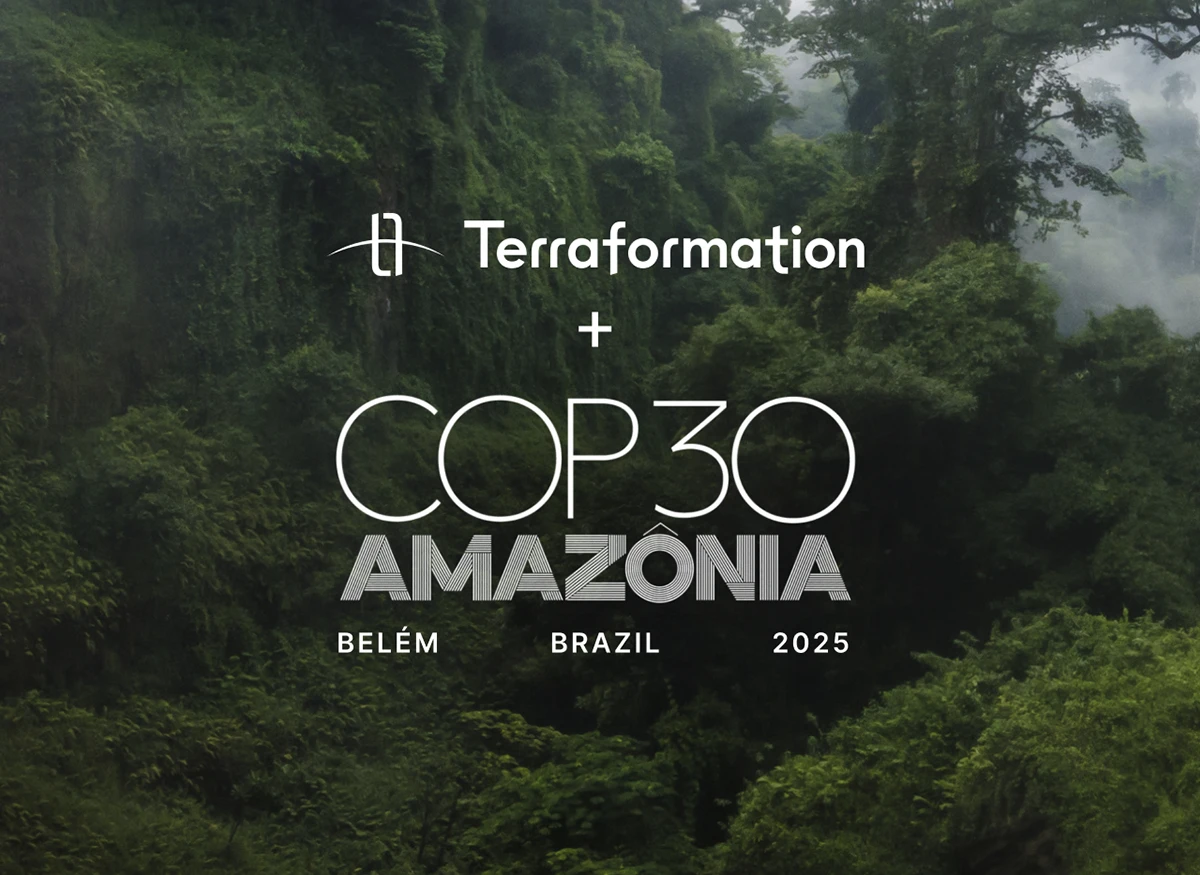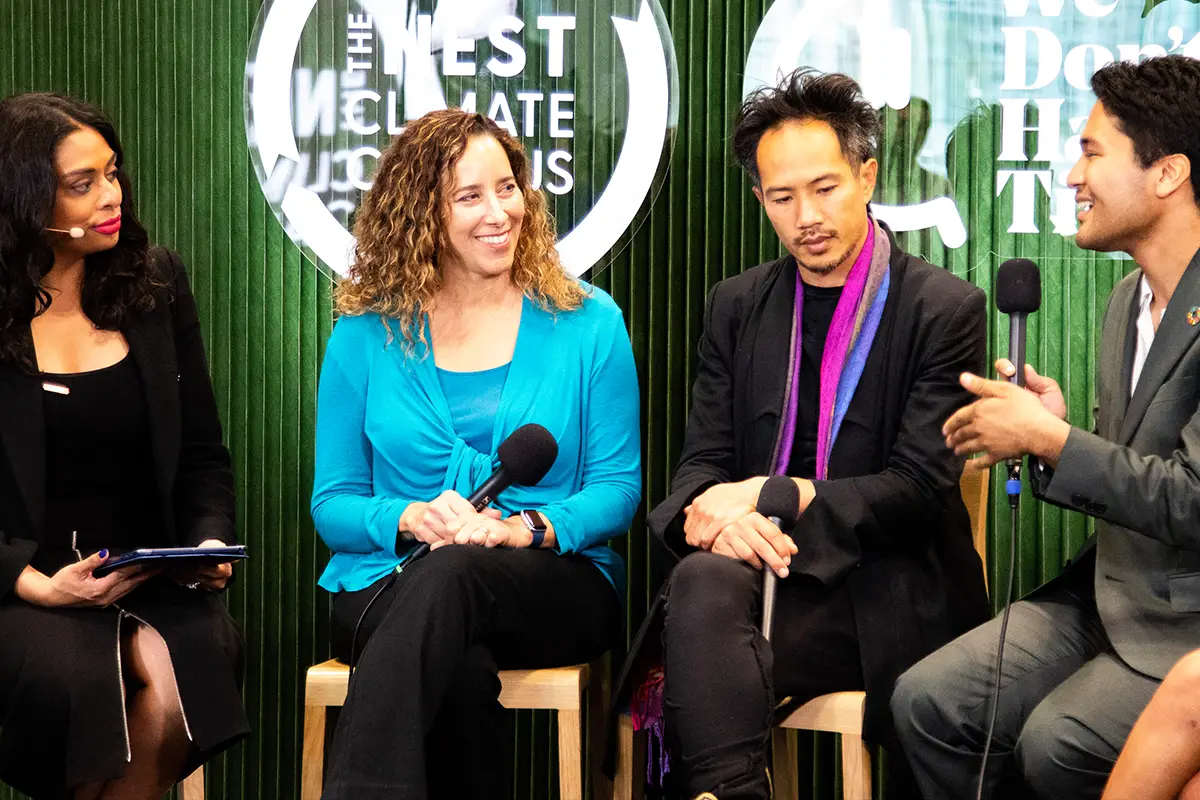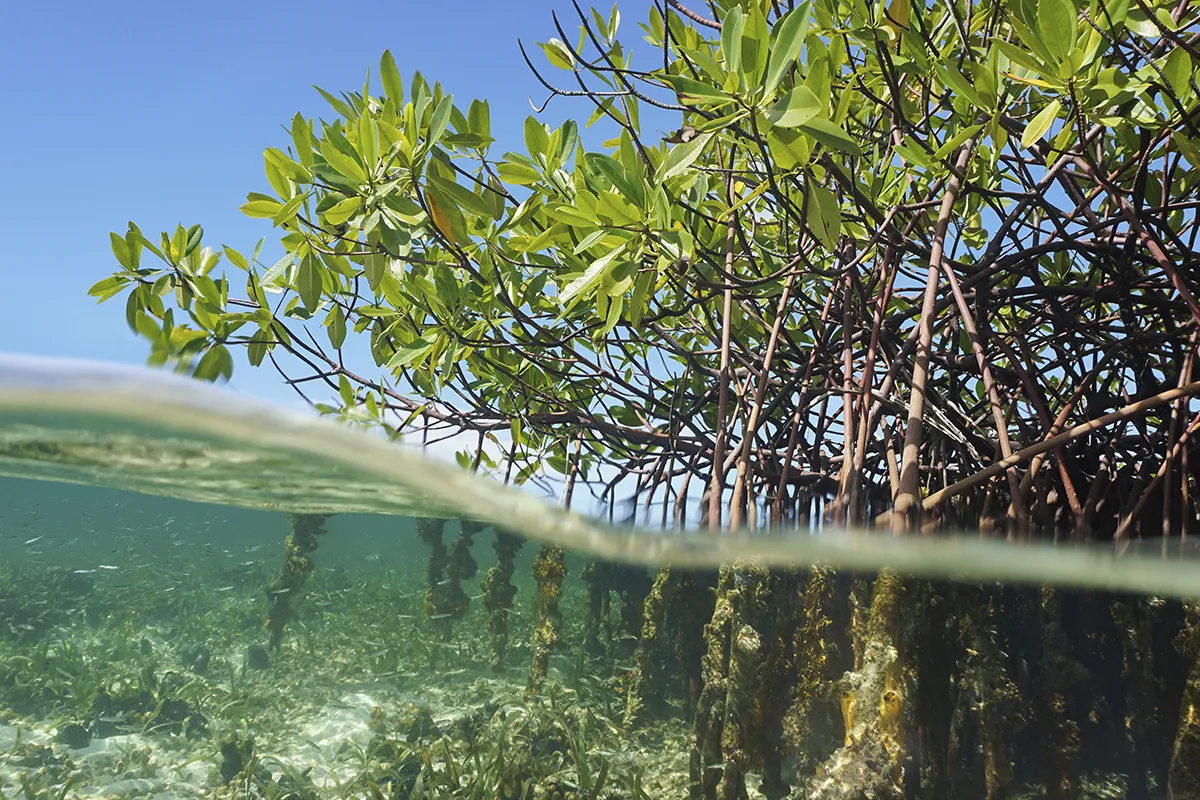The Four Bottlenecks Holding Back Natural Climate Solutions

Global forest restoration is essential for aggressive climate action. Media coverage of the power of forests to sequester carbon has exploded in the last few years, thanks to efforts of long-time advocates and researchers. Their work has inspired ambitious campaigns like the Trillion Tree and Bonn Challenges, and the UN Decade of Ecosystem Restoration. It’s an exciting time. The work could not be more urgent in the face of our climate crisis.
But so far, conversations about reforestation have only skimmed the surface. Restoring billions of acres of degraded land will require a coordinated physical effort at a scale hard to comprehend, perhaps bigger than anything humans have attempted before. We need a hard look at the challenges these lofty missions face in order to have a chance at success.
I’ve worked in tropical forest restoration for over two decades. It’s always a joy to hear from colleagues around the world with the same passion. Some people are early in their path; others have been taking part in this service to the Earth for as long as they can remember. But across our unique ecosystems and experiences, we all face similar challenges.
Restoration projects face four operational bottlenecks: training, tools, seed supply, and funding. These are sticking points that slow progress, or even collapse efforts altogether. And they go hand in hand with pitfalls like inadequate social, political, and economic engagement, a topic that many others have described, and that merits more attention.
The solution to each of these four operational bottlenecks is the same: access. We undervalue restoration projects, too often letting grassroots organizations go it alone, and setting them up for failure. If we’re to achieve massive restoration in the next decade, we need to give climate workers access to the resources they need for success.

Bottleneck #1: Training
Many grassroots restoration projects are led by people with deep personal passion, but not much formal training. Though passion is enough to get started, expertise is necessary to carry out the work over the long haul. This is, in fact, my own story. I began with a love of plants, but continued with formal education and the help of exceptional mentors and teachers.
Restorationists need three kinds of expertise: botanical, ecological, and horticultural. For reforestation projects to scale, we need to make high-quality field training in these three areas accessible to anyone who wants to join in this work.
Regional botanical expertise
I started forest restoration work with a passion for growing things, but no formal training. I learned propagation techniques with the help of an excellent mentor. Then I worked for many years at the Amy Greenwell Ethnobotanical Garden on Hawaiʻi Island. The Garden is dedicated exclusively to native Hawaiian plants and doesn’t grow other tropical or non-native plants.
Though I didn’t know it at the time, working in a place committed solely to its native flora was a stroke of luck. Hawaiʻi is a place where almost anything, from anywhere, can grow — there are fanatics for bamboo, heliconias, bromeliads, and on. (Though I focus on trees, I’m thrilled by a rose garden in full bloom.) I learned taxonomy of native Hawaiian species as a docent at the Garden, giving tours to visitors. The Garden’s commitment to native species helped me grow my knowledge of the natural ecosystems far more quickly than I could have at most learning centers.
Ecological expertise
Although the best forestry schools offer loads of technical information, too often they are light on field work. As ecosystems are reduced to patches all over the world, we need to actually know them to regrow them. If we focus only on plants, and forget about the complex web of relationships they are a part of, we miss a huge part of Nature. To understand an ecosystem, a person needs to get into the field and do the most important thing a naturalist or restorationist can do: observe.
In addition to time in the field, restorationists need easy access to the botanical and soil histories of their regions. They also need training to analyze the data and determine what would and should grow in their forests. This information access is growing thanks to efforts like the Crowther Lab’s restoration maps, but we need to expand further.
Horticultural expertise
Finally, restorationists need a toolbox of skills to improve their efficiency, from proper seed collection and storage techniques to pest management strategies, species-specific propagation protocols, growing media recipes, and long-term project planning. We need to make horticultural training widely accessible to set projects up for success.

Bottleneck #2: Equipment
Unreliable tools and equipment breakdowns delay projects for weeks or more, wasting human energy on the wrong things and wearing teams down. In contrast, crews with the right equipment can spend their energy on the specialized, delicate work that only human hands can do. And that efficiency is key to scaling up.
Inadequate seed storage equipment is one of the most damaging types of equipment failures. Seed supply is a barrier on its own (I’ll get to that next), but when properly stored, most seeds remain viable for decades. Preserving viability, however, requires the tools to dry and store seeds in temperature-controlled conditions. Without the right equipment, projects routinely lose the majority of their stored seed, wasting hundreds of collection hours and many more days in the nursery as project managers slowly discover how many of the seeds have died. Providing teams with seed storage equipment could do wonders for improving project success rates.
Equipment obstacles carry throughout the lifecycle of a project. Proper nursery and irrigation equipment reduce pests and improve watering efficiencies, in turn leading to higher propagation success and stronger plants. The right planting tools help establish strong root systems, reducing plant mortality in the field. The list goes on.
Of course, all of the bottlenecks are closely connected. Equipment is useless without the knowledge of how to use it. Funding structures are also at the heart of equipment challenges. Without proper funds, project managers are forced to make do, and battle their tools every day.

Bottleneck #3: Seed supply
We need to massively increase seed supply if we are to meet large-scale restoration goals. Many groups do not see seed availability as a bottleneck. I say, “Not yet.” Seed strategy sets everything else in motion for a project; the results of early decisions about seed can show up years later in plant survival rates — for better or worse.
The first component of good seed strategy is diversity. Resilient restoration relies on species diversity, which starts with collecting and storing seed from a range of species. Most teams lack the botanical expertise, project management experience, supplies, and equipment to succeed.
All too often, restoration projects do what I call speculation: they grow the species that are readily available (even if not native), instead of determining what should be growing in the region and collecting with that intention. The resulting stands are flimsy, poor copies of complex systems. Monocultures and small, generic species choices do not make healthy plant communities — they’re much less likely to survive drought and storm events sure to occur over time.
Long-term planning is a second pillar to robust seed strategy. Project managers often collect seed only for the coming year. That strategy works in good years, when weather conditions favor high seed production in parent plants. But if a bad year comes along that results in depressed seed production, it can set projects back for years. These bad years will likely become increasingly common as weather patterns continue to shift and plants struggle to adapt.
Poor equipment and horticultural training exacerbate the effects of inadequate collection strategy. Even when restorationists manage to collect sufficient seed diversity and quantity, they need the right equipment and training to process and safely store the collections. Otherwise seeds will die, and hours spent collecting in the field are in vain.
And finally, poor public policy can stymie even good seed planning. Restorationists need access to mature forest stands for collection, something that is becoming increasingly difficult to find as ecosystems fragment into smaller patches. Government policy can make it easier for seed collectors to gather seeds on public and private lands, given the right training to ensure collection does not damage the healthy ecosystem.
Bottleneck #4: Funding
Almost every restoration project around the world is undervalued and underfunded. Forest restoration has the potential to bring species back from the brink of extinction, and it’s one of the most powerful tools we have for stabilizing our climate.
Yet too often, grassroots organizations are given little training and a trickle of resources. This sets them up with rudimentary tools and little training to figure out complex problems alone. To achieve large-scale reforestation, we’ll need to start valuing restoration projects for the planet-saving work they are.
A pathway to progress this decade
This June, the UN will launch the Decade of Ecosystem Restoration — a global effort to halt and reverse ecosystem loss around the globe. It’s a tremendous effort and the timing couldn’t be more critical.
But if we are to see real change this decade, we need to take a hard look at the challenges that restorationists face. The four bottlenecks I’ve described are operational — they're the day-to-day hurdles project managers face. Other factors can also undermine success, like a failure to engage with the social, economic, and political realities that communities face. Solving the operational barriers is critical for taking on these other complex challenges.
At the end of the day, I remain hopeful. The things that slow us down are not insurmountable. But it is time to solve them.
















